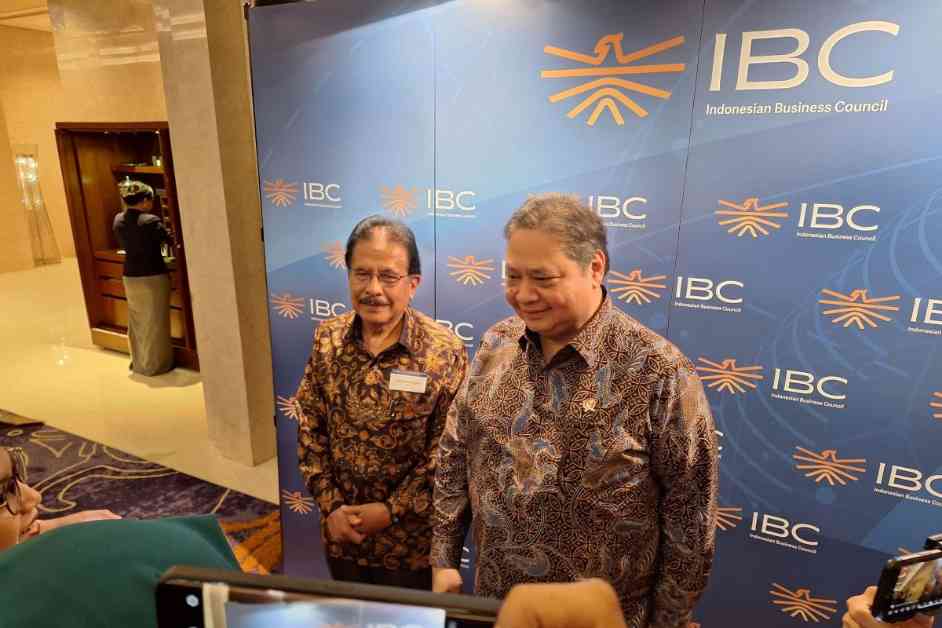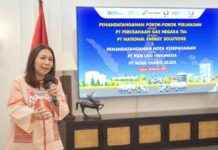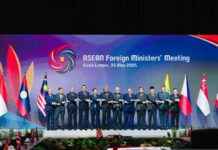Developing Johor-Singapore Zone: Learning from Indonesia’s SEZ Success
Jakarta – The Coordinating Minister for Economic Affairs, Airlangga Hartarto, revealed on Monday that the newly established Johor-Singapore Special Economic Zone (JS-SEZ) in the Malacca Strait takes inspiration from Indonesia’s successful development of Special Economic Zones (SEZs).
The JS-SEZ came into being last week through a joint agreement signed by Malaysian Prime Minister Anwar Ibrahim and Singaporean Prime Minister Lawrence Wong in Putrajaya, Malaysia’s administrative capital. Both leaders are optimistic about the positive impact the SEZ will have on regional economic growth, national economies, and the attraction of global innovation and investments.
Modeling Success: Indonesia’s Influence
Minister Hartarto emphasized that Indonesia’s SEZs have paved the way for the production of derivative products from essential mineral commodities. He noted that neighboring countries, particularly Malaysia, are keen on replicating Indonesia’s achievements in this area.
“We have developed numerous special economic zones, and they, especially Malaysia, see it as a key factor contributing to Indonesia’s success in developing critical minerals,” the minister pointed out. He added that Malaysia is looking to emulate Indonesia’s progress in digital innovation, including artificial intelligence (AI) and cloud computing.
Indonesia’s SEZ Impact
Currently, Indonesia boasts 24 designated SEZ areas active across various industries such as manufacturing, digital economy, health, education, and aircraft maintenance. These zones have attracted a total investment of Rp256.7 trillion (US$15.78 billion) and generated employment for 156,208 individuals from 2012 to 2024.
In 2024 alone, Indonesia’s SEZs secured investments amounting to Rp82.6 trillion (US$5.08 billion) and provided job opportunities for 42,930 people, showcasing the significant economic contribution of these zones.
Looking Ahead
As the JS-SEZ takes shape, drawing from Indonesia’s SEZ success story, the region anticipates a boost in economic activity, innovation, and investment opportunities. Minister Hartarto’s remarks underscore the importance of healthy competition and the potential for mutually beneficial growth among nations in the Southeast Asian region.
In a world where global economic competitiveness is key, learning from successful models and adapting them to local contexts can pave the way for sustainable development and shared prosperity.
Let’s reflect on the power of strategic economic zones in driving growth and collaboration across borders. How can we leverage such initiatives to foster innovation and create a thriving ecosystem for businesses and communities alike? The journey towards economic excellence begins with a willingness to learn, adapt, and collaborate for a brighter future.






















